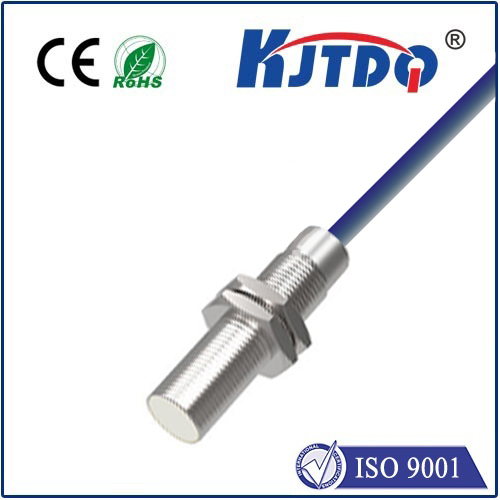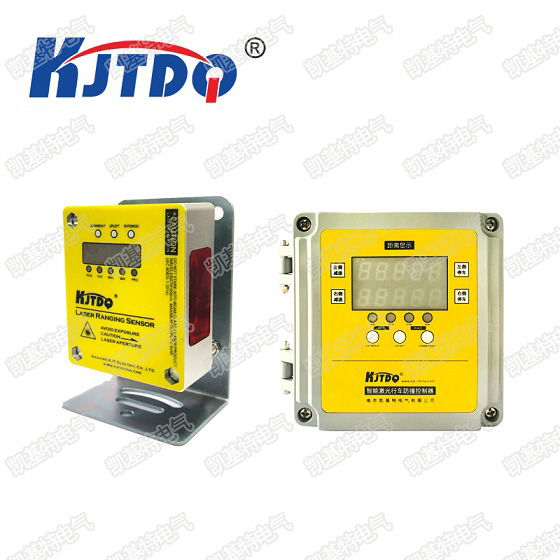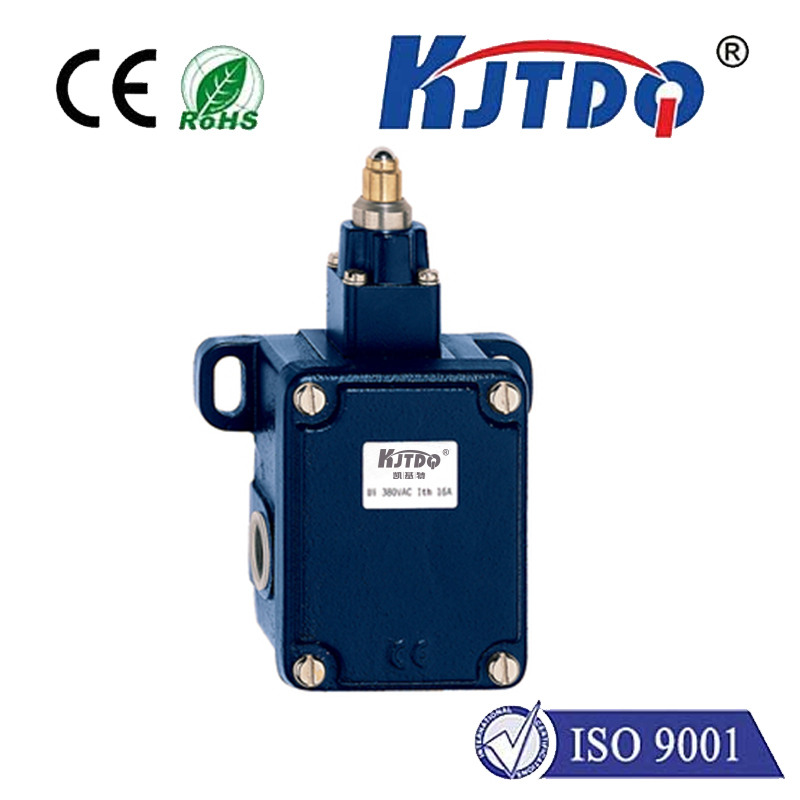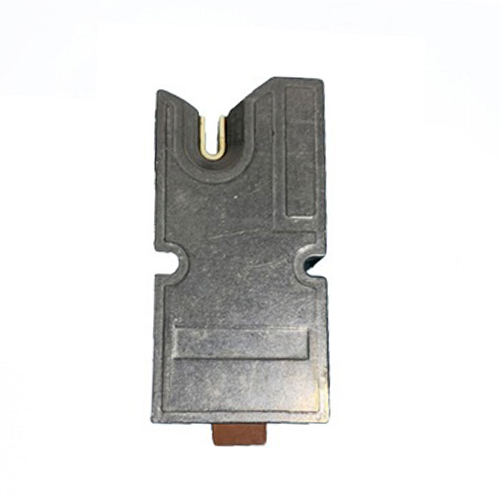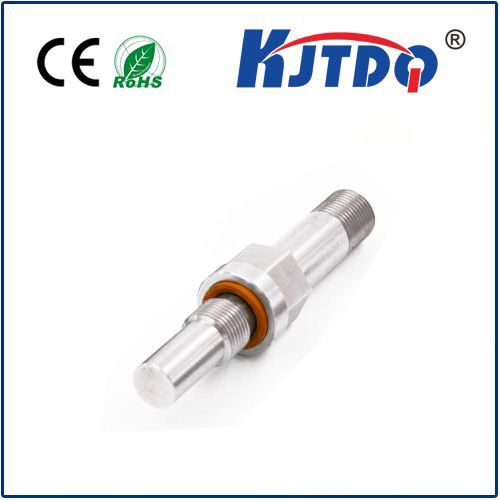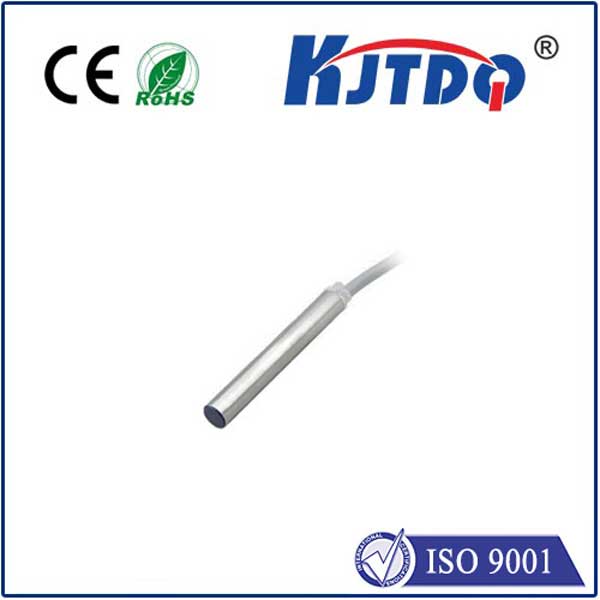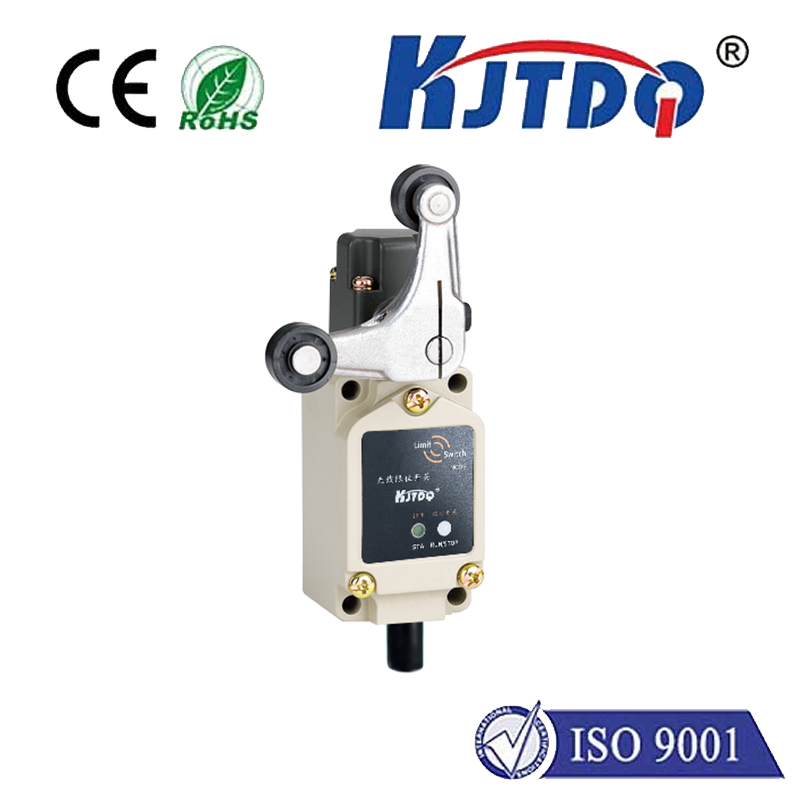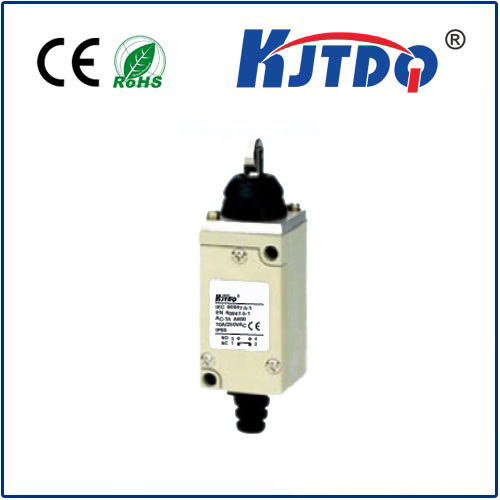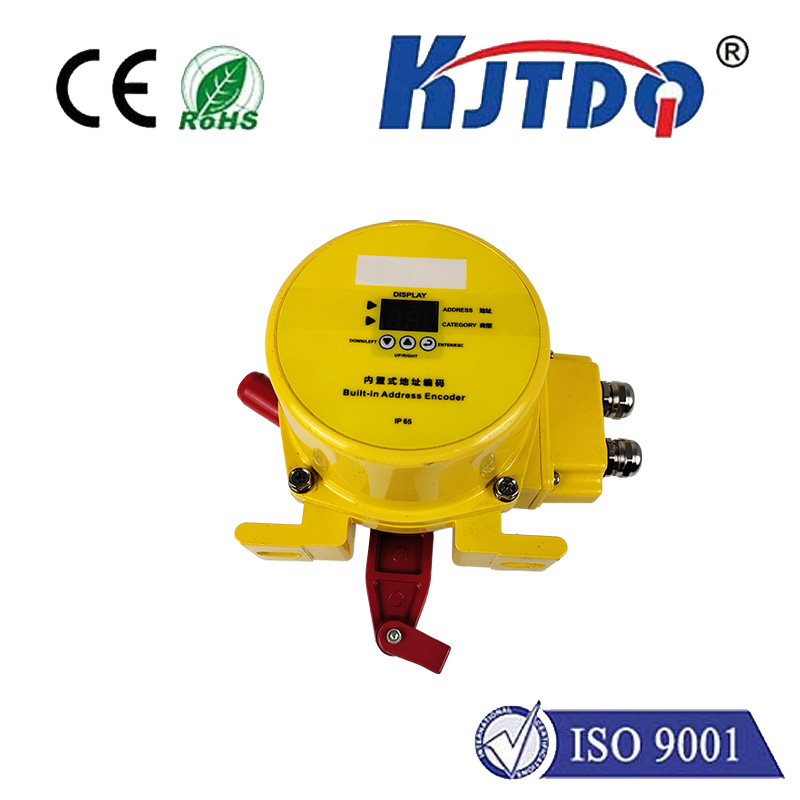pe sensor
- time:2025-08-23 01:43:20
- Click:0
How PE Sensors Revolutionize Industrial Automation: The Essential Guide
Imagine a factory where products whizz by at blinding speed on conveyor belts. How can machines reliably detect the presence – or absence – of an object, trigger the next step in assembly, or ensure precise positioning, all without physical contact? The answer, powering countless automated systems worldwide, is the PE sensor, or Photoelectric Sensor. These ingenious devices are the silent workhorses of modern industrial automation, providing the essential “eyes” that keep processes running smoothly, efficiently, and safely. Understanding how they function and where they excel is key to optimizing any automated system.
Decoding the “PE” in PE Sensor: Light as the Key
The “PE” stands for Photoelectric. At its heart, a PE sensor operates on a simple but powerful principle: it uses light to detect objects. All PE sensors comprise three fundamental components:
- Emitter: This component generates a light beam, typically using an LED (Light Emitting Diode). Common light types include visible red, infrared (IR), or even laser light, chosen based on application needs like detection range or environmental factors.
- Receiver: Positioned strategically relative to the emitter, the receiver is designed to detect the specific light wavelength emitted. It converts received light energy into an electrical signal.
- Control Circuitry: This is the “brain.” It processes the receiver’s signal. The core logic is straightforward: if the receiver detects the presence of light (or a change in light intensity), the circuitry triggers a specific output state (typically ON or OFF), signaling the detection event to the controlling system (like a PLC - Programmable Logic Controller).
The Three Pillars of PE Sensor Technology: Sensing Modes

PE sensors achieve detection through three primary operational modes, each suited to different scenarios:
- Through-Beam (Opposed Mode):
- Principle: The emitter and receiver are housed in separate units, positioned directly opposite each other. The emitter shines a continuous beam towards the receiver.
- Detection: An object passing between the emitter and receiver interrupts the light beam.
- Output Change: The receiver detects the loss of light, triggering the sensor’s output signal.
- Key Advantage: Highest detection range and reliability. Because the beam travels directly from emitter to receiver, it’s less susceptible to environmental interference or target object characteristics (color, reflectivity, surface finish).
- Disadvantage: Requires wiring and mounting two separate components, which can be more complex and costly.
- Retroreflective (Reflex Mode):
- Principle: Both the emitter and receiver are housed in a single unit. A special retroreflector (like a prismatic tape or corner cube reflector) is placed opposite the sensor.
- Detection: The emitter sends a light beam to the reflector, which bounces the beam directly back to the receiver within the sensor unit. An object passing between the sensor and the reflector blocks the return beam.
- Output Change: The receiver detects the loss of the reflected beam.
- Key Advantage: Simplifies installation compared to through-beam (only one sensor unit to mount, reflector is passive). Good detection range.
- Disadvantage: Shiny or highly reflective objects might sometimes mimic the reflector, causing false negatives. Dust or misalignment of the reflector can affect performance.
- Diffuse (Proximity Mode):
- Principle: Both emitter and receiver are housed in a single unit. The emitter sends out light, but there is no separate reflector.
- Detection: The sensor detects the object itself based on the light diffused (scattered) back from the object’s surface towards the receiver.
- Output Change: The receiver detects the presence of sufficient diffused light.
- Key Advantage: Simplest installation – only requires mounting the single sensor unit. Detects objects without needing a reflector or a separate receiver unit on the opposite side.
- Key Challenge: Performance is highly dependent on the target object’s color, size, texture, and reflectivity. Dark, non-reflective, or very small objects are harder to detect. Detection range is typically shorter than through-beam or retroreflective modes. Background suppression (BGS) technology is a crucial advancement here, allowing diffuse sensors to detect targets very close to a background surface by focusing only on light from a specific distance.
Why PE Sensors Dominate Industrial Automation
The pervasive use of photoelectric sensors isn’t accidental. They offer a compelling set of advantages that make them indispensable:
- Non-Contact Sensing: No physical touch required. This eliminates wear and tear on both the sensor and the target object, leading to significantly longer lifetimes and suitability for delicate items.
- High Speed and Precision: Light travels fast! PE sensors can detect objects moving at very high speeds with incredible precision, making them ideal for high-throughput production lines and precise positioning tasks.
- Long Detection Ranges: Depending on the mode and type, PE sensors can reliably detect objects from millimeters up to several tens of meters away, offering great flexibility in system design.
- Versatility: Capable of detecting a vast array of materials – metals, plastics, wood, glass, liquids (with appropriate sensing modes like transparent object detection) – and virtually any color, though sensitivity varies.
- Robustness: Modern industrial PE sensors are built to withstand harsh factory environments, including resistance to dust, moisture (IP67/68 ratings are common), vibration, and electrical noise.
PE Sensors in Action: Ubiquitous Applications
Walk through almost any automated facility, and you’ll find PE sensors performing critical tasks:
- Object Presence/Absence: The most fundamental task: confirming a part is on a conveyor, a bottle is filled, or a component is loaded into a fixture.
- Counting: Tallying products moving past a point on a line, essential for production tracking and inventory management.
- Positioning: Verifying that an object has reached the correct position for machining, assembly, or packaging.
- Level Detection: Monitoring fill levels in bins, tanks, or bottles (often using through-beam sensors).
- Web Break Detection: Sensing breaks or slack in continuous materials like paper, plastic film, or textiles.
- Dimension Checking: Ensuring objects meet size specifications using multiple sensors or specialized models.
- Security Systems: Acting as invisible tripwires for intrusion detection in non-contact beam systems.
- Packaging: Controlling case erectors, detecting labels, verifying flap closure.
Choosing the Right PE Sensor: Key Considerations
Selecting the optimal photoelectric sensor for an application requires careful analysis:
- Mode (Through-beam, Retroreflective, Diffuse): Based on installation constraints, detection range needed, and target object properties.
- Sensing Range: The required distance between the sensor and the target.
- Target Characteristics: Size, shape, color, material (reflectivity), surface texture (matte, glossy), and transparency.
- Environmental Factors: Temperature extremes, humidity, dust levels, dirt, oil, vibration, ambient light conditions (sunlight interference can be a challenge, mitigated by modulated light).
- Output Requirements: Type (PNP/NPN), voltage level (10-30V DC typical), and electrical connection.
- Special Features: Background suppression (for diffuse), polarized light (for retroreflective to ignore shiny objects), fiber optic compatibility, analog output (for distance measurement), IO-Link communication for advanced diagnostics and configuration.
From verifying the simple presence of a component to enabling complex high-precision assembly tasks, PE sensors are a foundational technology driving modern industrial efficiency and reliability. Their ability to provide fast






